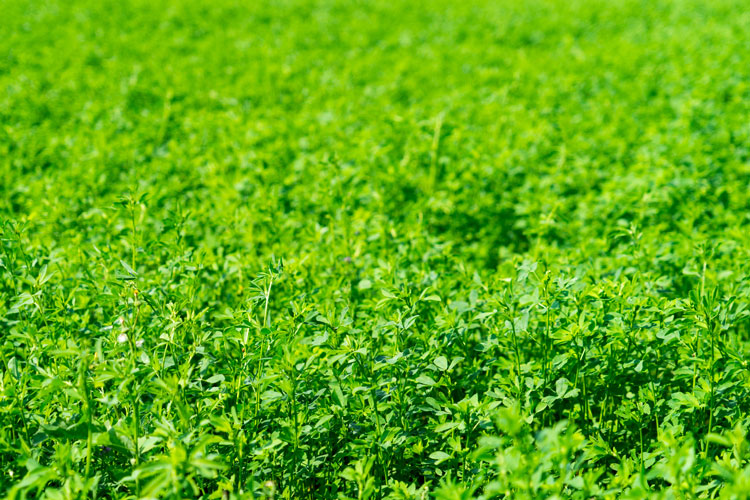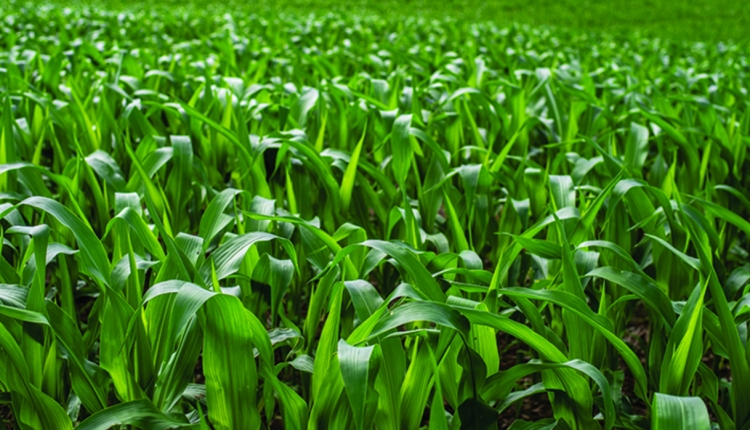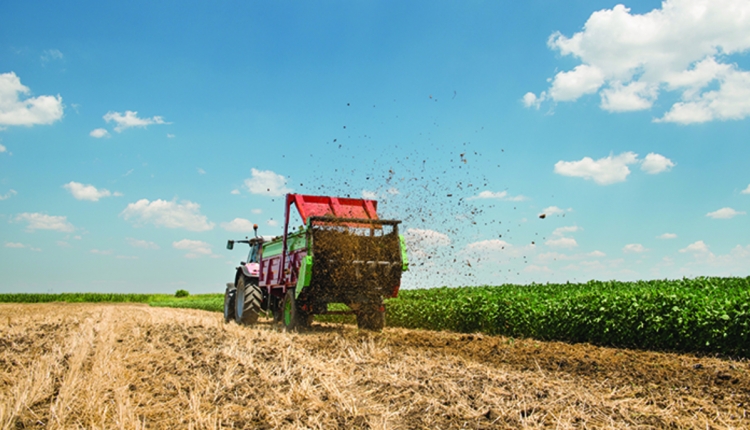Wiersma is the alfalfa business manger with Corteva Agriscience. Thomas is retired from the William H. Miner Agricultural Research Institute and president of Oak Point Agronomics Ltd.

Urea (U.S. Gulf) averaged $792 per ton in November of 2021, a 235% jump in just one year. Similarly, ammonia nitrogen averaged $895 per ton and has spiked 279% (AMIS Market Monitor No. 94, December 2021).
These dramatic prices spell trouble on the dairy farm as growers think about planting the next corn silage or grain crop where nitrogen (N) is essential for high tonnage. The difference in cost to produce corn silage may be around $5 per ton.
Give credit when due
Fortunately, most dairy operations are growing alfalfa in rotation with corn as a forage and protein source for their lactating cow diets. Alfalfa is a special crop because it can fix large amounts of atmospheric nitrogen — some estimates are as high as 300 pounds of N per acre — and reduce the amount of nitrogen needed for the subsequent corn crop. Excess N after plowing down alfalfa becomes an “N credit” or “fertilizer N replacement value.”
Most university research studies have shown there is little to no N fertilizer needed for a corn crop when planted into a three-year-old alfalfa field with a good stand. Despite this well-known N credit, many growers still hesitate to account for this N source when rotating out of alfalfa into corn. When growers fail to give alfalfa its due credit for N, over-fertilization occurs, which reduces net farm profits and has potentially damaging impacts on the environment.
Variable contributions
Like so many biological processes, N contributions from alfalfa to the next corn crop are variable. In a review of 259 field trials from the northern and central U.S., researchers at the University of Minnesota identified several factors determining responsiveness of first-year corn to N fertilizer following alfalfa. These included soil texture (fine, medium, or coarse), the age of the alfalfa stand, and the timing of alfalfa termination (fall versus spring). Weather following alfalfa plow-down also plays a role, mostly by influencing the synchronization of N release relative to the needs of the growing corn crop.
This study showed that on medium-textured soils, first-year corn planted after a three-year-old (or greater) alfalfa stand responded to N fertilizer only 5% of the time when alfalfa was terminated in the fall. The response to N fertilizer rose to 17% of the time when alfalfa was terminated in the spring. On coarse-textured soils, corn nearly always benefits from additional N. For alfalfa stands younger than three years old, corn responds to additional N more frequently since there is less N supplied by decaying alfalfa roots and top growth.
When rotating out of an alfalfa stand due to winterkill, the amount of N credit depends on plant density at the time of planting. If a field is harvested for first crop in the spring, then assess the stand after harvest to determine the amount of N credit to give. For fields with grass mixtures, the N credits depend in part on the alfalfa-to-grass ratio at the time of plow-down, with more credit given for stands with a high percentage of alfalfa.
No-till studies at the University of Minnesota showed that moderate to high-yielding corn in a no-till system planted after a good three-year-old alfalfa stand did not respond to additional N fertilizer, suggesting growers give the same N credit to alfalfa in all tillage systems. The benefit of N credit from alfalfa can also impact N fertilizer response in second-year corn following alfalfa.
Various state guidelines exist for how much N credit is available to second-year corn, ranging from 100 pounds N per acre in Iowa to 30 to 50 pounds N per acre in Wisconsin and Illinois. In Iowa and Minnesota studies, about 50% of the second-year cornfields showed no grain yield response to added N fertilizer.
Take full credit
What is the future of alfalfa N credits for corn? First, look at your own operation and determine how much less N fertilizer is needed for each cornfield due to alfalfa N credits. Take full credit whenever possible to save money — especially given current N prices — and to avoid excess N losses from a field.
Looking ahead, at least one company offers custom nitrogen prescriptions and application timing recommendations using computational tools based on N credits, manure history, soil types, planting dates, weather data, and satellite imagery. This helps growers be more precise in meeting the N needs of a cornfield, even down to a sub-field level.











